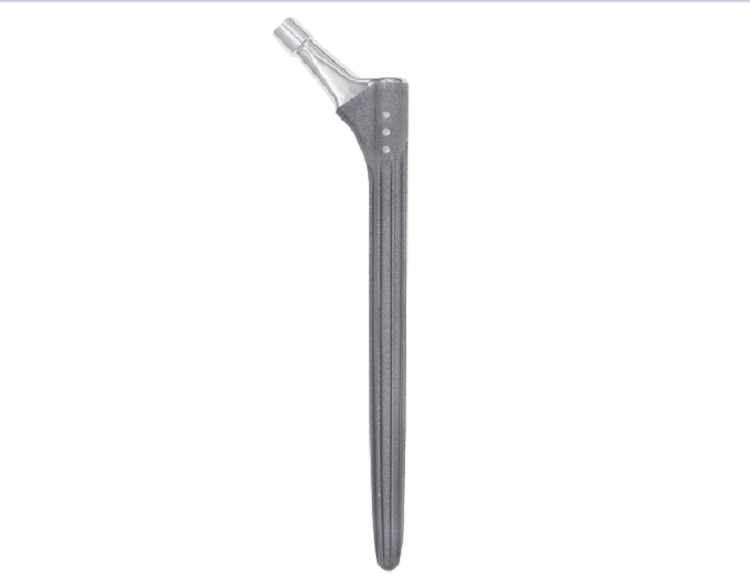The design principles for DDS cementless revision stems are focused on achieving long-term stability, fixation, and bone ingrowth. Here are some key design principles:
Porous Coating: DDS Cementless revision stems typically have a porous coating on the surface that comes in contact with the bone. This porous coating allows for enhanced bone ingrowth and mechanical interlocking between the implant and the bone. The type and structure of the porous coating can vary, but the goal is to provide a rough surface that promotes osseointegration.
Modular Design: Revision stems often have a modular design to accommodate various patient anatomies and allow for intraoperative adjustments. This modularity allows surgeons to select different stem lengths, offset options, and head sizes to achieve optimal fit and alignment.Enhanced Proximal Fixation:
DDS stems may incorporate features such as flutes, fins, or ribs in the proximal portion to enhance fixation. These features engage with the bone and provide additional stability, preventing implant loosening or micromotion.
DDS Stem Indications
Indicated for individuals undergoing primary and revision surgery where other treatments or devices have failed in rehabilitating hips damaged as a result of trauma or noninflammatory degenerative joint disease (NIDJD) or any of its composite diagnoses of osteoarthritis, avascular necrosis, traumatic arthritis, slipped capital epiphysis, fused hip, fracture of the pelvis and diastrophic variant.
Also indicated for inflammatory degenerative joint disease including rheumatoid arthritis, arthritis secondary to a variety of diseases and anomalies and congenital dysplasia; treatments of nonunion, femoral neck fracture and trochanteric fractures of the proximal femur with head involvement that are unmanageable using other techniques; endoprosthesis, femoral osteotomy or Girdlestone resection; fracture-dislocation of the hip; and correction of deformity.
Post time: Mar-28-2025

